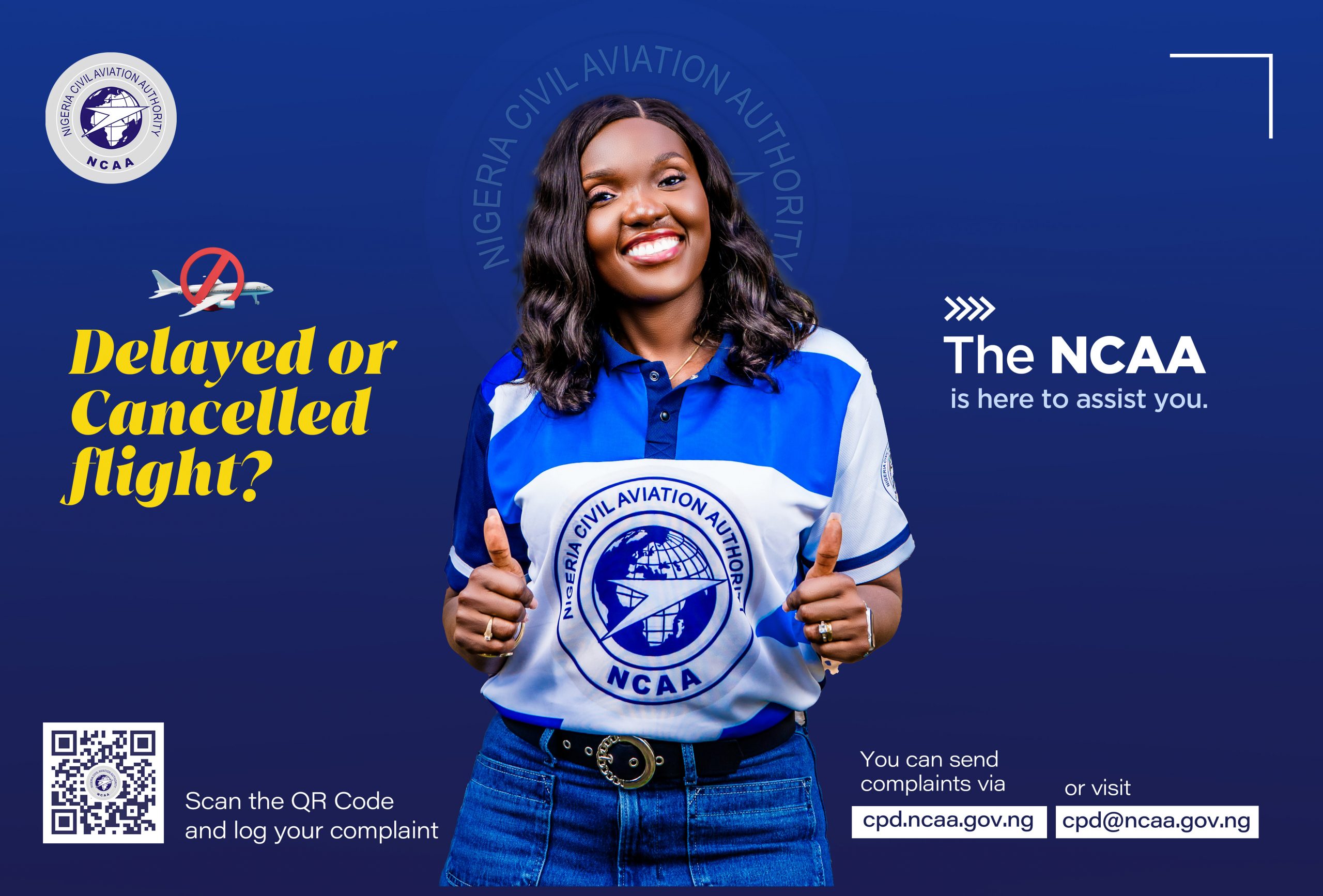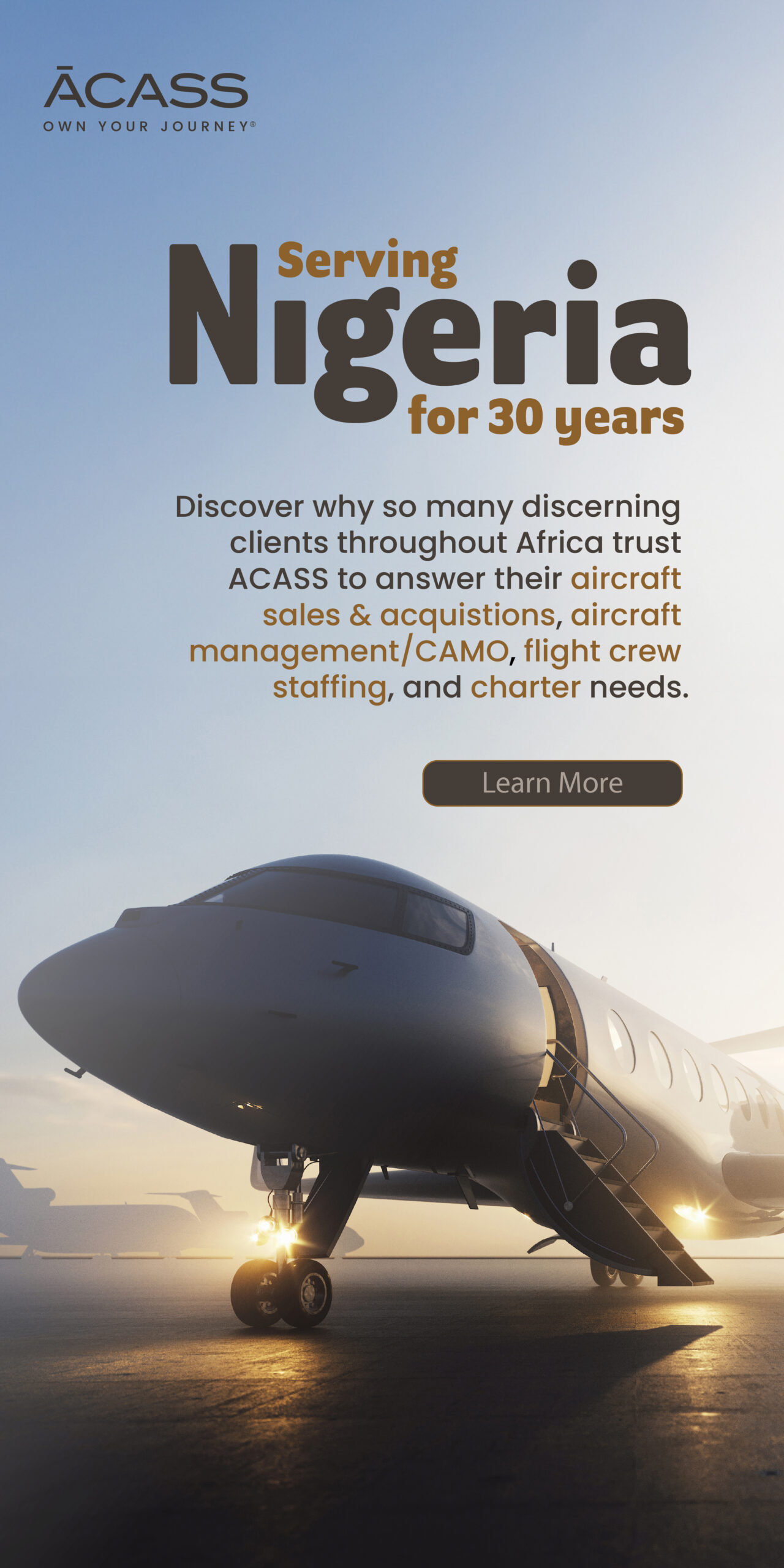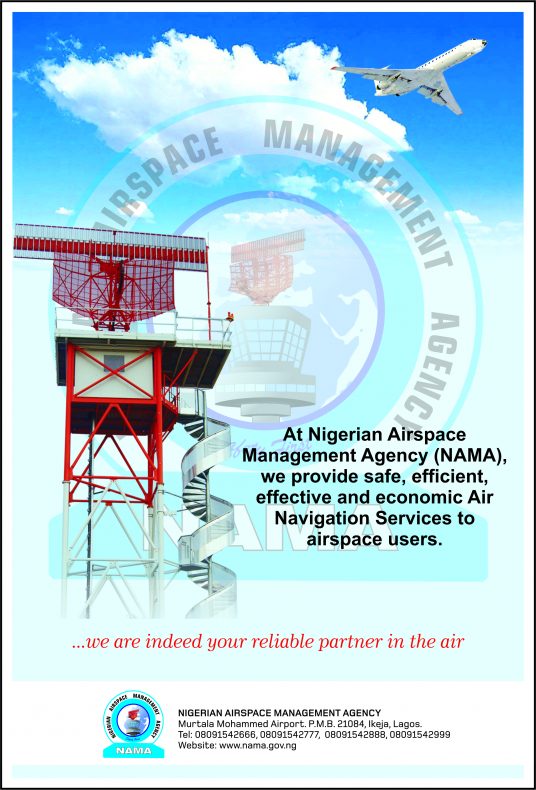Domestic insurers do not have the financial muscle to cover multi-million-dollar dry lease risks. International lessors often insist on offshore coverage, creating tension with local insurance regulations.
BY CAPTAIN ADO SANUSI
There is renewed optimism in Nigeria’s aviation industry over reforms enabling smoother dry-lease aircraft acquisition. This follows the recent issuance of Practice Directions by the Chief Judge of the Federal High Court, spurred by the Honourable Minister of Aviation and Aerospace Development, Mr. Festus Keyamo. The new directives are designed to align Nigeria’s legal system with the Cape Town Convention (CTC), thereby improving trust and transparency in aircraft leasing.
For years, Nigerian airlines have struggled to acquire aircraft under dry lease arrangements—where the airline operates and maintains the aircraft without crew or insurance provided by the lessor. While this is the most cost-effective way for carriers to expand their fleet, several enduring challenges have hindered access. With legal reforms underway, now is the time to examine what still stands in the way and how to pave the road forward.
Key Obstacles to Dry-Lease Aircraft in Nigeria
Legal and Judicial Bottlenecks
Despite the Cape Town Convention being domesticated into Nigerian law, its implementation has faced serious roadblocks:
Ambiguity in the Practice Direction: The current guidelines do not clearly define aircraft asset categories or timelines for enforcement. This opens the door to inconsistent judicial rulings and legal maneuvering through injunctions, ex parte orders and prolonged court appeals.
Judicial Capacity Gaps: Many judges lack the necessary training to handle complex international aviation finance cases. As a result, enforcement can be delayed or inconsistent leading to a perception of legal risk among global lessors
Insurance Market Constraints























